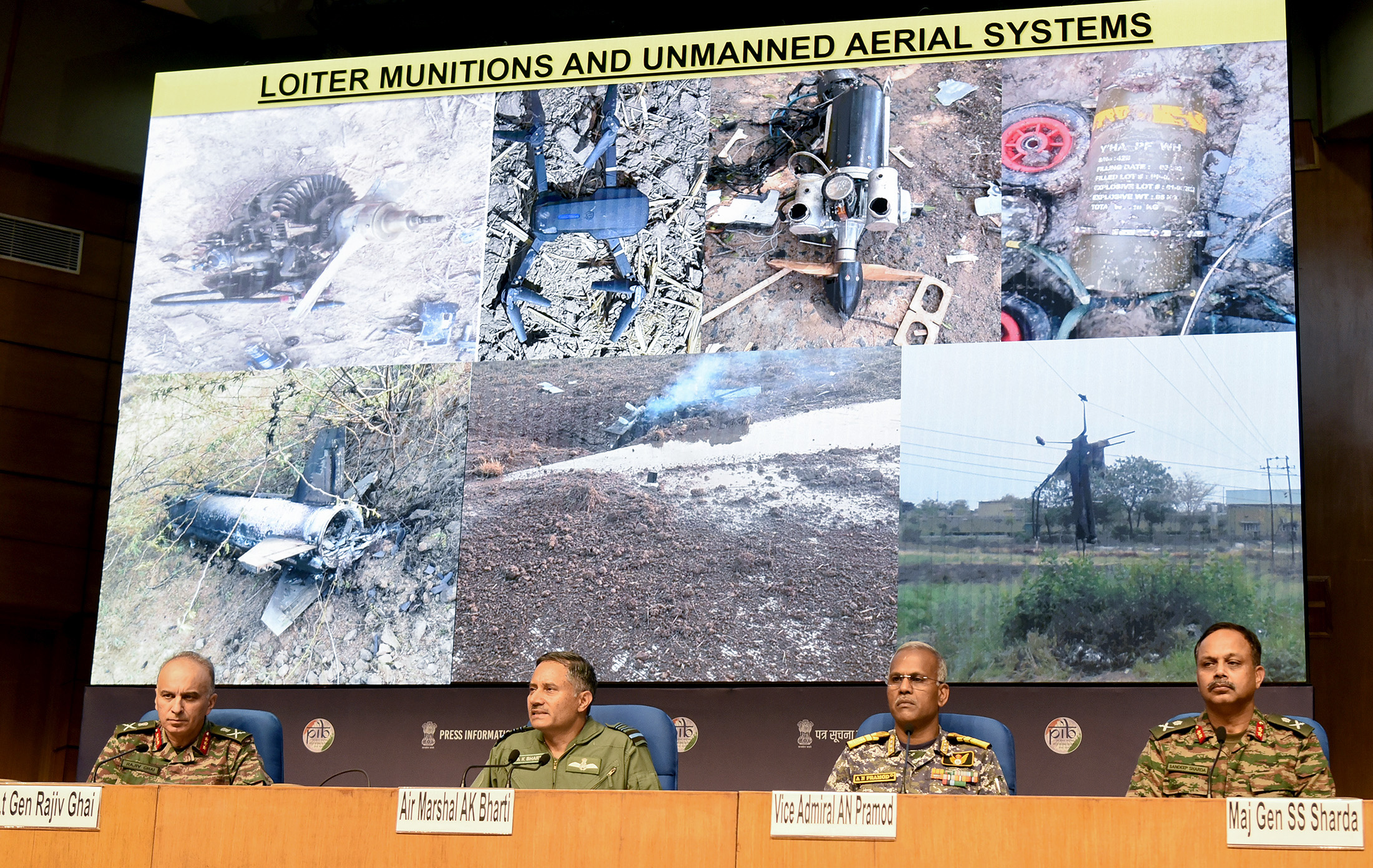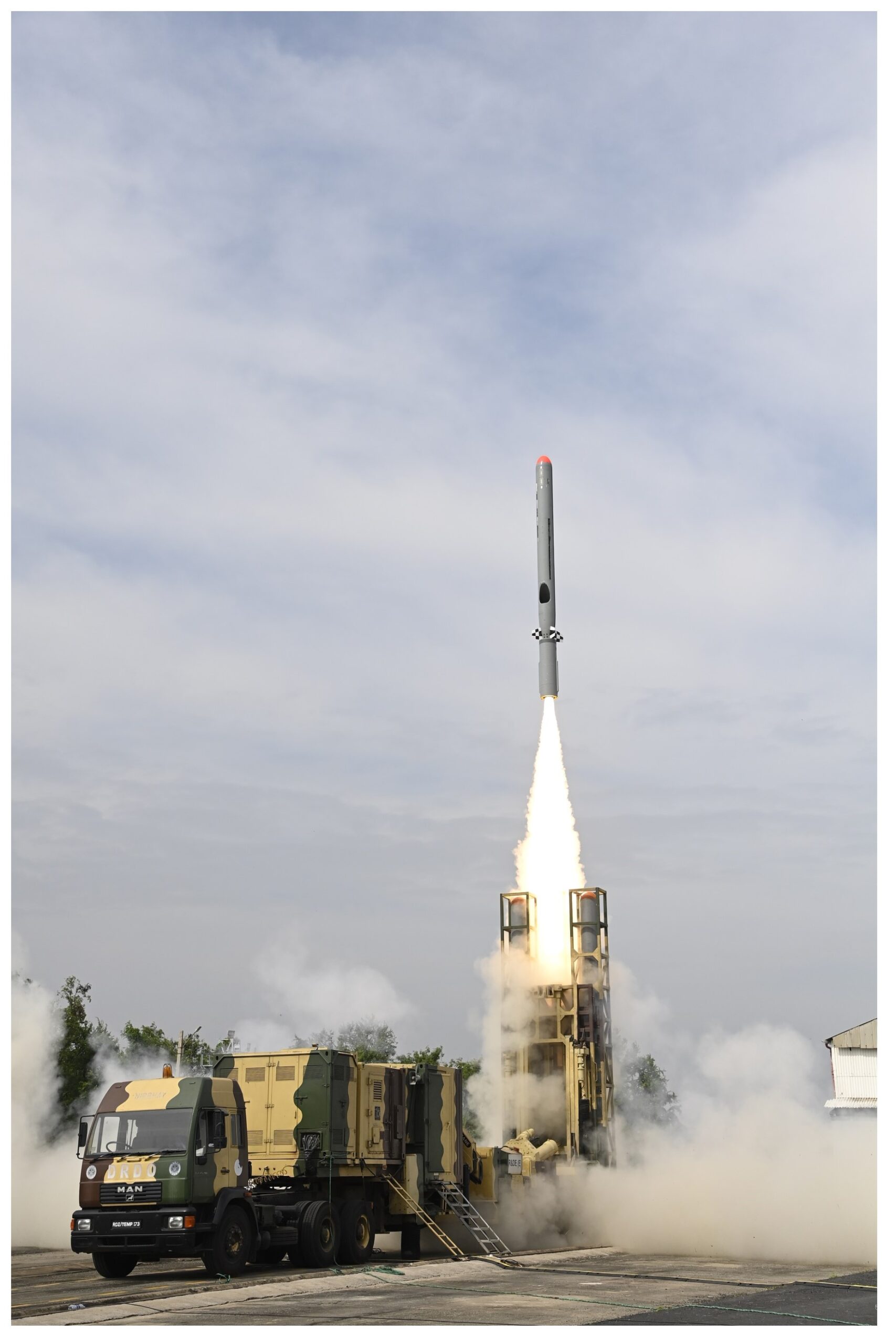As tensions between India and Pakistan escalate once again over Kashmir, the possibility of a military confrontation between these two nuclear-armed neighbors has become a pressing concern. Both nations possess formidable armed forces, but their military capabilities differ significantly in terms of size, technology, doctrine, and strategic alliances.
With a section of television channels in India engaging in serious war-mongering, a comparative analysis of the military capabilities of the two countries depicts only a bleak outcome for all parties involved.
Recently, retired Indian Army officer Lieutenant General H S Panag had raised serious concerns over calls for revenge following the deadly attack. In an article published in ThePrint, Panag wrote, “A charged up nation fed on neo nationalism is baying for blood. However, the government must not let public sentiment force a hasty decision.”
Panag pointed out that Pakistan remains a nuclear-armed country with enough conventional power to respond to limited Indian military actions. “India does not have an overwhelming technological edge in any field—missiles, drones or airnaval power—to carry out retributory surgical strikes with impunity. Pakistan has the capability to respond in a quid pro quo manner and we should be prepared for the same.”
Comparative look at the military capabilities of India and Pakistan
India maintains one of the world’s largest and most technologically advanced militaries, supported by a substantial defense budget and a robust domestic defense industry. Pakistan, while smaller in scale, has developed a professional military force with a focus on strategic deterrence and regional defense.
Nuclear Capabilities
Both India and Pakistan possess nuclear arsenals, with India estimated to have around 160 warheads and Pakistan approximately 170. India adheres to a “No First Use” policy, emphasizing deterrence, while Pakistan maintains a “First Use” doctrine, citing the need to counterbalance India’s conventional superiority. India’s delivery systems include the Agni series of ballistic missiles and nuclear-powered submarines like the INS Arihant. Pakistan’s arsenal features the Shaheen series of ballistic missiles and the Babur cruise missile, providing a credible second-strike capability.

Conventional Armed Forces
Army
India’s army is one of the largest globally, with a diverse array of modern equipment, including T-90S and Arjun main battle tanks, and advanced artillery systems like the K9 Vajra-T. Pakistan’s army, while smaller, is professional and well-trained, operating tanks such as the Al-Khalid and T-80UD, and modernizing its artillery with Chinese and Turkish systems.
Air Force
The Indian Air Force (IAF) boasts a fleet of over 1,700 aircraft, including advanced fighters like the Su-30MKI, Rafale, and the indigenous Tejas. The Pakistan Air Force (PAF) operates around 900 aircraft, with key assets including F-16s, JF-17s developed with China, and the newer J-10C fighters.
Navy
India’s navy is a formidable blue-water force, featuring an aircraft carrier (INS Vikramaditya), nuclear-powered submarines, and a range of destroyers and frigates. Pakistan’s navy focuses on regional defense, operating submarines, including AIP-capable models, and frigates equipped with Chinese-made weaponry.
Comparative Military Capabilities
| Category | India | Pakistan |
|---|---|---|
| Defense Budget | ~$72 billion (2024) | ~$11 billion (2024) |
| Active Personnel | ~1.2 million | ~654,000 |
| Reserve Personnel | ~960,000 | ~550,000 |
| Main Battle Tanks | ~4,400 (T-90S, Arjun, T-72) | ~2,200 (Al-Khalid, T-80UD, Type-59) |
| Combat Aircraft | ~1,700 (Su-30MKI, Rafale, Tejas) | ~900 (F-16, JF-17, J-10C) |
| Submarines | 15 (including nuclear-powered) | 8 (including AIP-capable) |
| Aircraft Carriers | 1 (INS Vikramaditya) | 0 |
| Nuclear Warheads | ~160 | ~170 |
| Missile Systems | Agni series, BrahMos, Nirbhay | Shaheen series, Babur, Nasr |
| Air Defense Systems | S-400, Akash, SPYDER, Barak-8 | LY-80, HQ-7, FM-90 |
| Defense Industry | Extensive indigenous production (DRDO, HAL) | Growing industry with Chinese collaboration |
| Strategic Alliances | Quad (US, Japan, Australia), Russia, France | China, Turkey |
Technological Advancements and Defense Industry
India
India has made significant strides in defense technology, emphasizing indigenous development through organizations like the Defence Research and Development Organisation (DRDO). Notable advancements include the successful test of a hypersonic missile, placing India among a select group of nations with such capabilities. The country is also investing in the development of future-ready combat vehicles and stealth frigates.
Pakistan
Pakistan’s defense industry, though smaller, has achieved notable successes, particularly in missile development. The Babur cruise missile and the Shaheen series of ballistic missiles are key components of its strategic arsenal. The JF-17 Thunder multirole fighter, co-produced with China, exemplifies Pakistan’s growing defense technological capabilities.

Strategic Alliances and Partnerships
India
India’s defense strategy involves multi-alignment, fostering partnerships with countries like the United States, Russia, France, and Israel. Membership in the Quadrilateral Security Dialogue (Quad) alongside the U.S., Japan, and Australia enhances its strategic position in the Indo-Pacific region.
Indians Daily
Pakistan
Pakistan’s defense posture is closely aligned with China, its primary supplier of advanced military technology and equipment. The China-Pakistan Economic Corridor (CPEC) and military cooperation are central to this partnership. Pakistan also maintains defense ties with Turkey.
While India holds a quantitative and qualitative edge in conventional military capabilities, Pakistan’s strategic focus on deterrence, particularly through its nuclear doctrine and missile development, serves as a counterbalance. The asymmetry in conventional forces is mitigated by Pakistan’s emphasis on tactical nuclear weapons and strategic alliances, primarily with China. Any conflict between these two nations would have profound regional and global implications, underscoring the importance of diplomatic engagement and conflict resolution mechanisms.



